-
Posts
4,741 -
Joined
-
Last visited
-
Days Won
119
Content Type
Profiles
Forums
Resource Library
Events
Gallery
Blogs
Store
Community Map
Posts posted by Mayner
-
-
On 10/6/2023 at 2:35 PM, Sean said:
After recent successes with my micros the bug for something bigger and with continuous running had always been niggling in the back of my mind but after mulling on it for a while a tail chaser would not do as i had my mind set on bigger things and longer trains. So ive spent the last couple of weeks planning and building benchwork and this week ive managed to get some trackwork laid so now i finally feel like talking about what ive been doing

the result is a 45cm wide bench going around my loft room totalling 12'x7' with a decent space for walkaround in the middle of the room.
planning said track work was handy as I was just looking for one big country branchline type loop going around the room which would evolve more over time.
Ideally i was thinking from the outset that eventually the layout will incorporate a station area, as well as a quarry area elsewhere in the room but the rest would be pure countryside running. the station would be built from the get go but the quarry area will be a later addition once i start to get a nice bit of a landscape down and have played with the layout for a while.
Also finally decided to take the plunge with code 75 and a pair of tracksettas and a dremel tool and OMG why did i not do this years ago

so whilst i had been laying the track loop around the room i had also been researching what kind of station I would like and ideally i wanted to make a replica of Gorey station, however upon measuring OSI maps and comparing them to the available space that i had I really was going to need a few more available feet to do it proper justice so I began looking for alternatives from the nearby stations on the map and in the end a very suitable compromise was found and i have quickly designed the station plan around this idea. the placeholder toy buildings have been added to give me an idea of what things are going to look like.
I quickly came to the conclusion that Enniscorthy was a little bit too elaborate and Arklow actually worked but it still became space prohibitive as the old goods layout added a lot of required space.
Eventually i stumbled upon Tinahely and it struck me as perfect as it followed a very similar layout to gorey whilst fitting into a much more compact space.
So the station plan follows this station quite closely, I have had to shorten it slightly and one siding is missing and may or may not be added later depending on how lazy i get. the infrastructure and surrounding roads are going to be similar to the OS map however overall the station buildings are going to be based off of Gorey station and there will be 2 platforms with a footbridge with integrated signal box etc just like main line DSER stations.
I can currently fit 4 coach trains at the platforms or 3 42 footers into the goods loop which seems like a decent setup to me although there definitely is some temptation to shorten the goods loop to give 5 coach platforms and a 2 flat goods loop, taking some time off from layout building to decompress and enjoy the nice weather for now however
 .. Still gotta wire the thing but we can leave that for a rainy day, ha
.. Still gotta wire the thing but we can leave that for a rainy day, ha
Before upgrading in the late 90s-early 2000s platforms at many intermediate stations on the CIE/IE system could only take 4 coach trains, the checker would go to the train asking passengers for the next stop to move to the front of the train, Clara and the majority of stations Mullingar-Sligo come to mind.
If you are modelling the Liner Train era do you?
(a) unload kegs and containers (with a 7t Forklift) while the "Liner" is waiting on the main line and use the goods loop/siding for exclusively for unloading Bagged Cement and Trainload Fertiliser traffic the practice at stations such as Mullingar, Roscommon and Boyle?
or
(b) is there sufficient traffic to justify a 25t forklift for container traffic and load/unload the train in the yard clear of the main line as practiced at stations such as Ballinasloe or Tralee,
or
(c) backdate to the 60s/70s and run traditional loose coupled goods trains and handle all types of goods traffic in the yard.
While long passenger and freight train are impressive if you have the space, its a lot easier to model the pre-80s era railway steam or diesel in a restricted space, a watching trains go-by double track tail chaser may be a better option than a single track country station in a restricted space
-
 3
3
-
 1
1
-
-
There was an interesting piece on Hydrogen as the "Holy Grail" in the June edition of "The Linesider" a NZ railfanning magazine. https://www.nationalrailwaymuseum.nz/shop/the-linesider/
One of the editorial team attended a presentation on a hydrogen powered commuter train built for San Bernadino in California while visiting the Stadler plant in Valencia in connection with an order for new diesel electric freight locos for New Zealand.
One of the main take-aways was that while a hydrogen powered train works and has zero emissions, the overall process is not very efficient or very 'green' in many countries taking a lot of electricity to make H2.
The article commented that it was probably worse taking an electric train to work than a car in countries like India, China or even the States where the majority of electricity is generated from coal.
Straight electricity and battery work out more efficient in terms of energy efficiency than hydrogen mainly as a result of the energy losses of making hydrogen through electrolysis (30%) and 10% compressing the hydrogen into a fuel cell.
Austrian railways worked out that hydrogen trains would be no cleaner than modern diesel trains with almost a third of their electricity generated by coal. In Germany hydrogen powered trains would have twice the carbon footprint of diesel with half of their power coming from coal and gas.
In practical terms a 40' container of hydrogen could power a multiple unit for days, but a heavy freight train for 3 hours.
In terms of batteries 150Km appears to be an achievable range, not dissimilar to the achievement of the Drumm Battery Train with its Dublin-Gorey & return 1934 demonstration run for the Government and press (topped up at Gorey and Bray on return)
Standler San Bernadino unit is of a modular design allowing the H2 fuel cell/power pack to be swapped out for a pantograph and transformer, a battery pack, a diesel genset or a hydrogen-fueled IC engine, Standler locos are modular design including tripple mode Class 93 for the UK 5400bhp electric, 1200 hp Caterpillar diesel and 540hp battery pack
While NZ generates a high proportion of its electricity from renewable sources (hydro-wind-geothermal) its still dependent on coal and gas for peak loading.
With nuclear energy taboo, I wonder how Ireland stacks up in terms of renewable energy generation
-
 1
1
-
-
Decorated model of 15653 as an example of the standard of prints from our new supplier.
Although the painting was a bit of a rush job, the surface detail is nicely re-produced on all four sides of the wagon body with little of the tell-tale signs of 3D printing.
The body on this model was printed in what's described as a "tough-resin" the chassis in an ABS-like Resin which appears to have similar properties to our original print output.




-
 9
9
-
-
Finished glazing the ex-GSWR coaches including the birdcage lookout and skylight in the luggage compartment, so to pose a train




I still have to add vacuum and steam pipes, ducket lamps and couplings, but unlikely to happen for a long time.
Next in line is to fit glazing and gangway end covers to a rake of Bulleid Vans I assembled 2-3 years ago, then assemble some MGWR 2-4-0s out of the pile of scrap/part built kits lurking in the background behind the Bk3rd!
-
 8
8
-
-
Its a bit rich with the local politicians expressing their 'shock and disappointment' at the news that Boliden is to 'temporarily cease' production and exploration at Tara.
Closure of Tara mines has been on the cards for the last 15 or so years, at one stage it was estimated that the mine would be exhausted by 2010, recent exploration (Tara Deep) and re-working of the original ore body was estimated to extend the life of the mine into the mid 2020s.
The same politicians should have been looking for the past 20 or so years for alternative industries to replace the mine.
-
 3
3
-
-
Glazing the GSWR 6 wheelers something I had been dreading, but turned out quite therapeutic.
For some time I had been dreading glazing the 6wheelers (and CIE) Van, but had to bite the bullet in order to start/complete an more urgent project.

Glazing the 6 wheelers is challenging because I had already fitted the interior partitions and the drop-lights are glazed separately from the quarter lights and the roof securing bracket gets in the way!

1st 3rd Composite coach. Originally an all 1st re-classified by the GSWR to a 1st 2nd and re-classified by the GSR following the abolition of 2nd Class on the former GSWR system during the late 1902s. Legroom is a lot better in the 3rd Class compartment in this coach than original GSWR 3rd Class compartments!
A trick of the light the floor is grey not blue! I attempted to model the matchboard panellng above the seatbacks with Evergreen planked plasticard, but 3 layers of plastcard were too thick for the Brake 3rd! I didn't get to the stage of adding landscape photographs or 'no spitting' signs!
While the quarter lights are fixed in place with superglue, I used double sided tape to locate the drop lights!

I mislaid some of the seating while assembling the Brake 3rd so added afterwards.
The main lesson from the build is to complete the exterior and glaze the interior before fitting the interior to the next batch of coaches!
-
 8
8
-
 1
1
-
-
Finding suitable rtr donor chassis for an Irish loco steam or diesel has always been challenging and involved some form of compromise. Irish steam and diesel locos tended to be smaller than their UK equivalent, coupled/bogie wheel base tended to be shorter, there were even significant differences between superficially similar locos like the NCC/LMS Castle and LMS 2P 4-4-0 Classes.
A-001 Class
Diesel modellers originally used Continental Liliput bogies for the A Class because they had the correct unequal wheelbase and more importantly the bogies and bogie wheelbase on available BR rtr 4mm locos were too long, the Lima Deltic (shorter than scale) bogie became a cheaper/more easily available option for the A and B101 Class after Lima introduced its OO range of locos and stock during the 70s.
One modeller scratchbuilt 001 Class with plasticard bodies with a scratch built brass chassis with rubber-band drive similar to contemporary Athearn American locos. The rubber band drive locos were fast, reliable and good hauliers
C-201 Class
During the 70s modellers used to kitbash the C-201 class in OO and N Scale from a Rivarossi Italian Fiat 342 Bo Bo Diesel. Modifying the cab windows and blanking out some of the porthole windows.http://www.rivarossi-memory.it/english_version/Riva_Italian_Locos/Riva_D_341_Fiat_Eng.htm
Model Irish Railways and Q Kits
Hugh Mc Nally"s MIR and Mike Coles Q-Kits resin kits helped to popularise Irish 'modern outline' modelling during the 80s. MIR originally produced its B121 and B141 loco kits as complete kits including wheels gears and motors and bogie sideframes. Q Kits were available with the option of a complete kit with motor and gears or a body-line kit with bogie sideframes.
The MIR B121/B141 power bogie was designed around and available motor and longer than the prototype.
MIR later supplied the loco kits as body only during the 1990s before re-tooling in resin before discontinuing the locos kits during the early 2000s
Athearn Chassis for MIR & Q Kits.
The chassis from Athearn 'Blue Box" locos became a popular option for motoring Irish diesels from the 90s though apart from the SW-1000/1500 chassis it was not a drop in option, because the Athearn Chassis are usually shorter than the Irish locos.
The exception was the IE 201 Class where its necessary to extend the frames of an SD45 when building a model of the Irish locos.
I used the motor, driveshafts and bogies/trucks from an Athearn SD7/9 with a new brass frame retaining a single flywheel to motorise a MIR whitemetal 001 Class and the mechanical parts from an Athearn GP7/9 with a brass frame to motorise a MIR B141, the SW Chassis would have been too short for a B141/181
I picked up a model of 211 assembled from a Q Kits body on a modified Athearn F 7/9 chassis and passed on a similar 071 to my regret at a swap meet in Dublin about 20 years ago, the builder had done a nice job in assembling, detailing and weathering both locos.


The builder had grafted the original Q Kits bogie frames on to the Athearn sideframes and added steps.

Although retaining the Athearn casting the builder has shortened the frames and moved one of the bolsters to fit the F7/9 frame in a C Class

Re-located bolster at one end, personally I found it a lot easier to fabricate a new set of frames and a motor cradle from KS metal
Although she did some exhibition running in Ireland 211s is and likely to remain a shelf queen.
Other Scales
I kitbashed a pair of N Scale SW1500s into B121 Class and fitted a scratchbuilt B141 plasticard body to a SW1500 chassis during the late 70s/early 80s as near-enough conversions for Irish locos.
Steam
In my experience its more hassle than its worth trying to build an Irish steam outline loco on a British Outline donor body, its a far better option to develop the necessary skills by starting with a simple kit (even if its British outline) or better still one on the Alphagraphix/Tyrconnell O Gauge kits. I honed my skills assembling British Outline diesel shunters after getting bogged down trying to build an Irish outline steam loco on a rtr donor chassis and early scratchbuilding attempts.
-
 1
1
-
 4
4
-
-
Try contacting Branchlines directly sales@branchlines.com or ++44 (0)1373 82 22 31.
The Tralee and Dingle 2-6-0T kit and Isle of Man loco kits were listed in their March 2021 catalog/lists.
-
 1
1
-
-
19 minutes ago, Galteemore said:
What a fabulous portrait of 42. Got a soft spot for her ever since I built her some years ago. When not shunting the works, she ran the Kingsbridge-Inchicore works shuttle. Deceptively speedy locos capable of 60mph.
Although originally introduced for use on the Valencia and Kenmare Branches, the GSWR 33 Class 2-4-2T appear to have been the mainly used on Cork-Cobh and Cork-Youghal passenger trains which would have required smart working. The 2-4-2T were basically a tank engine version of the "Kerry Bogies" same driving wheel diameter, boiler, cylinders and motion.
-
 1
1
-
 1
1
-
 1
1
-
-
6 hours ago, Irishswissernie said:
I'm thinking it might have been the late 1980's but with this time gap now plus my advancing years I'm probably mistaken. I moved from Blyth to here in the 'Centre of Britain' er Haltwhistle in June 1993 and I'm pretty sure I purchased a fair number of the Irish kits, Donegal 2-6-4t, Swilly 4-8-0, C&L 4-4-0t several coaches and about 15 wagons whilst at Blyth. The loco kits were missing various motors, gears and wheels and these were going to be forwarded in due course. Everything was thus packed away pending their receipt which unfortunately never happened. Several years later I exchanged the lot with Geof at Contikits probably for some Bemo Swiss H0m models.
The Donegal Articulated railcars appeared during the early 90s, I assembled a model of Railcar 14 over Christmas in Ireland in 93, I was living in Scotland at the time and Glasgow Airport security inspected the un-built kit while flying out to Dublin and the completed model upon my return to Scotland.
I moved back to the Home Counties 12 months later and picked up the newly introduced C&L 4-4-0T, brake vans and wagons at the Greenwich Narrow Expo, I bought another 4-4-0T and several more wagons before returning to Ireland in late 95 and spent most of my evenings in February-March 96 assembling them in Carrick on Shannon. I never had problems with back up support with Backwoods, Pete supplied a replacement layshaft for the railcar power bogie, the original was too short.
The most annoying thing about the kits was that the wagon/coach wheels were supplied loose and had to be fitted to their axles, the 2 stage drive to the railcar power bogies were fiddly to assemble but fundamentally sound, the gear-box in the C&L 4-4-0T used modified Graham Farish N gauge gears and ended up replacing the gearboxes in both my locos with Branchlines Slim-line Gearboxes to achieve reliable slow speed running, I also managed to wreck the Farish worm on one of the locos.
-
 1
1
-
 1
1
-
-
On 6/6/2023 at 7:11 PM, Horsetan said:
Note also the miniature semaphore used as a shunt signal. There was another one beyond the north end of the platforms, governing exit from the transhipment sheds. Strabane seems to have been the only place where mini semaphores were used at ground level.
The condition of the perimeter of the mixed gauge wagon turntable suggests the GNRI used it rather less than the CDRJC!
The mixed gauge wagon turntable was used for swapping the bodies of "Tranship Wagons" an early form of "Swap Body" between the broad and narrow gauge, the underframe of a narrow gauge Tranship Wagon" is on one of the turntable roads. The narrow and broad gauge tranship wagon underframes were fitted with rollers and drop down end posts to allow tranship wagon bodies to be transferred from the Broad to the Narrow Gauge and vice versa. It looks like the Donegal mainly used containers (its own and GNR) for through traffic travelling "under bond" through Northern Ireland converting redundant coach underframes into bogie container wagons a good 20 years before CIE introduced bogie container wagons!
The CDR & GNR only appear to have had a small number of Tranship wagons, one of the main tranship traffics from the narrow to the broad gauge appears to have been road stone in open 'Tranship wagons".
-
 3
3
-
-
1 hour ago, Broithe said:
A cat flap to a loop in the outside world, for good days?
Love the backscene.
I basically have a cat flap (side hung) arrangement to link the G gauge storage tracks in the garage to a large oval around the garden, has given me somewhere to run trains for the past 15 years
The garden railway fraternity tend to operate year round regardless of location or climate with a large following in the UK.
Garden Railway Specialist, Princes Risborough is well worth checking out and highly addictive https://www.grsuk.com/
-
 2
2
-
-
The Backwoods Miniatures website is still accessible although the owner Pete McParlin suspended trading in December 2016
http://www.backwoodsminiatures.com/00n3kits.htm
The Irish OOn3 models were introduced in the early-mid 1990s. Sales of the Irish models appear to have been disappointing (apparently only selling one CVR Loco) Pete later focused on OO9 and American outline models, later commissioning rtr Brass /n30 locos from the Far-East.
-
We have received our first production order from a new supplier and we are now able to sell our 3D printed wagons at a lower price point!
Our new supplier has the capability to print models in engineering resins including an ABS-like resin similar to that NZ based company that carried out some of our original prototyping and production, though to a higher resolution.
I have a small number of open wagons, vans and grain wagons available from stock, but I will be in the States visiting family and friends and won't be able to process orders from late June to Mid July.
https://jmdesignmodelrailways.com/blogs/news

The label clip and oval plate which our previous supplier struggled to print is now clearly defined.

GSWR van detail clearly defined few 'tell tale" signs of 3D printing.

A small number of CIE & GSWR Vans, Standard Open and GSR Bulk Grain are currently available from stock.
Unfortunately a batch of Brake Van bodies were badly damaged in the post and unusable.
-
 13
13
-
 1
1
-
-
2 hours ago, Wexford70 said:
I was critical of the posters whinging about "The Heritage Office/IE" and not looking at the bigger picture, not your reporting that cabin is being removed in connection with planned development of the new station.
The cabin is a small timber framed structure and fairly easy to move/re-locate without damage.
I am not sure if the lever frame is intact, when I last visited the cabin about 20 years ago it was being used simply as a crossing cabin to control the Level Crossing, possibly 2 levers controlling the distant signals protecting the crossing
Block Instruments and signal interlocking controlling the Junction with the New Ross Line and Frank Cassin Wharf had been removed
-
 1
1
-
-
The main function of the Heritage Office was to tick the box in terms of recording the 'Hertiage" element of the railways in the planning and execution of the big projects and route modernisation schemes of the late 90s early 2000s. The Government was prepared to spend public money on the Passenger railway in terms of increasing route and train capacity, replacing worn out rolling stock and infrastructure.
Its interesting that people on this thread are getting more worked up about the removal of a standard GSWR signal box than a major investment in a new Waterford Station and Transport Hub https://www.waterfordcouncil.ie/media/projects/public-consultations/sdz-transport-hub/Part VIII Report Main-Document.pdf.
It would be stretching it a bit to justify '"preserving" Abbey Junction Signal Box within a context of an operational railway" with the City, County Council and IE showing joined up thinking about private and public transportation with a new two platform station on the site and an overbridge replacing the existing level crossing and filling station.
-
 3
3
-
-
Those small GNR 0-6-0s make nice simple models for a scratchbuilding project with nice simple geometric shapes, cylinders, rectangles, flat running boards, in contrast to the Southern and Midland Standard goods with their curving running boards and mass of rivet detail of GSWR and Beyer Peacock designs.
Nice to see the great scratchbuilding tradition is alive and well among the modellers of Ulster's railways
-
 3
3
-
-
On 2/6/2023 at 10:18 AM, Mayner said:
Fair play Alan for forming the skirts where the chimney/dome sit on the smokebox/boiler, its something I haven't been able to get my head around physically using a lathe or in CAD work for 3D printing.
You appear to be able to build a loco from scratch quicker than I can assemble a kit.
Interestingly I originally though the BCDR 0-6-4T was based on the "Large Leitrim Tank" design and did not realise it was a completely different design until I noticed the longer distance between the driving and trailing axle on your model than on the Leitrim (& South Australian) locos and realised the BCDR loco was not a "Long Boiler' type with the firebox placed behind the rear driving axle.
-
-
6 hours ago, Tullygrainey said:
Certainly FS, here we are, fresh out of the box
So far, I’m impressed with the build quality and finish. For a handmade model, it’s pretty remarkable. My example ran smoothly out of the box and once I’d taken a bit more care seating it properly on the track, it negotiated all the short radius points on Loughan Quay with a minimum of fuss.
I think I’m going to have to build a layout for it. Or get Patrick Davey to invent a scenario which explains a J15 in BCDR territory. I have every confidence in him

Alan
Apparently York Road 'borrowed' 186 for works/station pilot duties after she first 'went North" during the 1960s. Loco crews who were apparently impressed by the J15s power and sure-footedness and wanted to hold on to 186 as a shunting loco.
-
 2
2
-
 1
1
-
 1
1
-
-
Although born and bred in Dublin never actually visited Clogherhead, nearest were childhood trips by car to the seaside at Gormanstown and a couple of visits to Butlins with friends in my early teens including one by train returning non-stop Mosney-Connolly in an ex-GNR K15 coach, first journey on a fast train being used to AEC railcars on Connolly-Bray subbies.
Its possible Clogherhead might have become a GNR equivalent of the BCDR Ardglass a Light Railway branchline serving a quiet seaside terminus and fishing port possibly with a couple of morning and evening peak-hour Dublin-Drogheda services running through to Clogherhead for season-ticket holders and day-trippers, only light axle locos like U & UG and similar small locos allowed over the line because of its light railway heritage. Possibly some of the entrepreneurs/political figures behind Ireland's drive for self-sufficiency during the 1930 (ESB,CSE,BNM etc) though an Irish equivalent of Butlins or Pontins may not be a bad idea.
-
 4
4
-
-
Fair play Alan for forming the skirts where the chimney/dome sit on the smokebox/boiler, its something I haven't been able to get my head around physically using a lathe or in CAD work for 3D printing.
You appear to be able to build a loco from scratch than I can assemble a kit.
Interestingly I originally though the BCDR 0-6-4T was based on the "Large Leitrim Tank" design and did not realise it was a completely different design until I noticed the longer distance between the driving and trailing axle on your model than on the Leitrim (& South Australian) locos and realised the BCDR loco was not a "Long Boiler' type with the firebox placed behind the rear driving axle.
-
 2
2
-
-
1 hour ago, Colin R said:
I have been talking to Nev about this and he is also willing to produce one off kits for people if they have the etches ready to go, I don't know just how far he has got but he was looking to produce a new Cavan and Leitrim 4 wheel van body in resin, the trouble is the last time I looked at this I think there was a possible 70 odd variations on a theme which would make every C&L van unique if you were to model them.
Just to give you guys a taste here are just some of the basic's
Two types of body Low roof or High roof
Three basic doors : paneled, half paneled and no panels.
Vents of 6, 3, 1 or no vents at all on the sides left and right hand sides of each door could also be different
Vents 6, 3, 1 or none on the ends but each end could be different
Finally there where at least three different wheel bases due to rebuilding over time
One other major item to recall was that the cattle vans, they had half opening doors that the bottom half would form the ramp into the van so again this was different to either the normal low or high vans, but it was also possible that either the high or low roof vans could have also been rebuilt for cattle traffic at some point as well.
So you can see why it would be difficult to produce just one C&L van kit with the amount of knowledge that is known about these vans.
I would suggest that by the later life of the railway I doubt if two vans were turned out the same from the works after a rebuild.
The IRRS Flickr site is a great resource for modelling the C&L, seemingly every enthusiast/photographer visited the line and recorded every loco and item of rolling stock in great detail.
3D printing is probably the best option for producing wagons and possibly coaches, white metal or resin casting from metal or plasticard patterns is not really a viable option in this day and age. Etched metal or scratchbuilding is likely to remain the only viable option for producing locos, putting a C&L 4-4-0T, Passage 2-4-2T or Kerry 2-6-0T/2-6-2T on a TT gauge chassis is unlikely to work.
The main drawback with the Backwoods kits is that the models are based on 30 year old technology, and chassis/gearboxes would require upgrading to allow the locos to operate reliably and Pete incorporated a number of significant errors/oddities in his C&L kits.
While the C&L 4-4-0T builds into a nice model capable of running reliably, the large square coaling flap in the rear of the cab is completely incorrect, as the locos had a pair of relatively tall rectangular doors. Similarily the 4w Passenger Van is a hybrid that incorporates a mixture of original and simplified panelling and can be assembled with the original Birdcage look out, the Convertible Wagon is based on a wagon that had original doors with the original outside framing on one side and a half-door arrangement on the opposite side with one leaf with the original outside framing and the other replaced with vertical planking, I ended up buying 4 C&L vans to build 2 with doors in original condition and replaced the half/paneled doors on the remaining two with vertical planked plasticard.
Quality and durability with 3D printed models is pretty much a case of selecting a printer (printing bureau or a physical printer) capable of printing small scale models in suitable materials to fine tolerances, something home desktop and some commercial printers will struggle to achieve.
-
 1
1
-
-
35 minutes ago, Irishswissernie said:
Train consist includes what looks like an ex-GSWR 12w "Rosslare Route" Dining Car 353 of 1906 and recently introduced Craven stock. 353 appears to have been withdrawn in 1968.
Possibly an IRRS specials in connection with the closure of the Mallow-Waterford line and the diversion of the Boat Trains to run via-Limerick Junction and the introduction of mechanical staff exchange (snatchers) on the Waterford West-Limerick Junction section of the W&L line.
-
 4
4
-
.png.c363cdf5c3fb7955cd92a55eb6dbbae0.png)


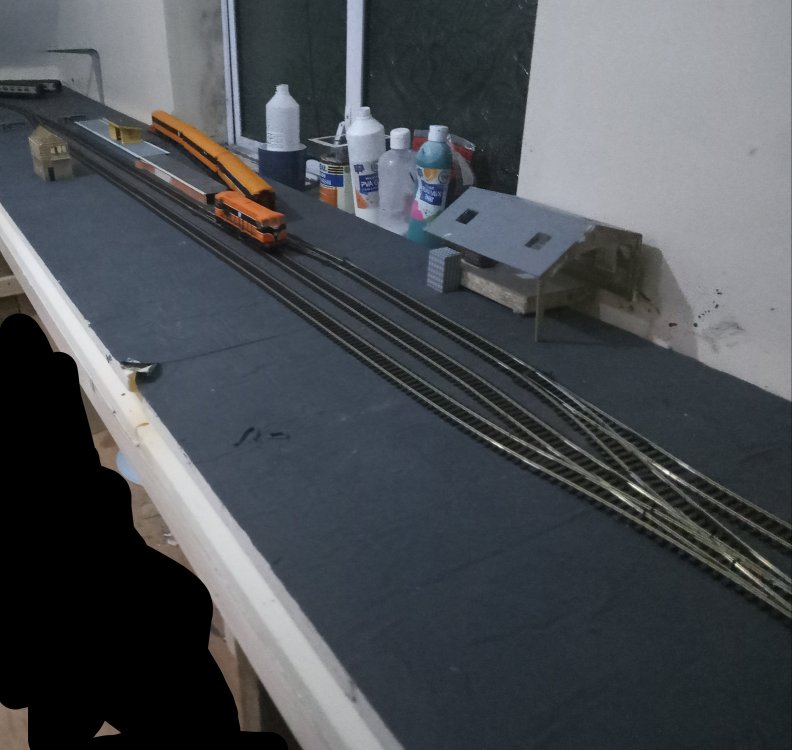

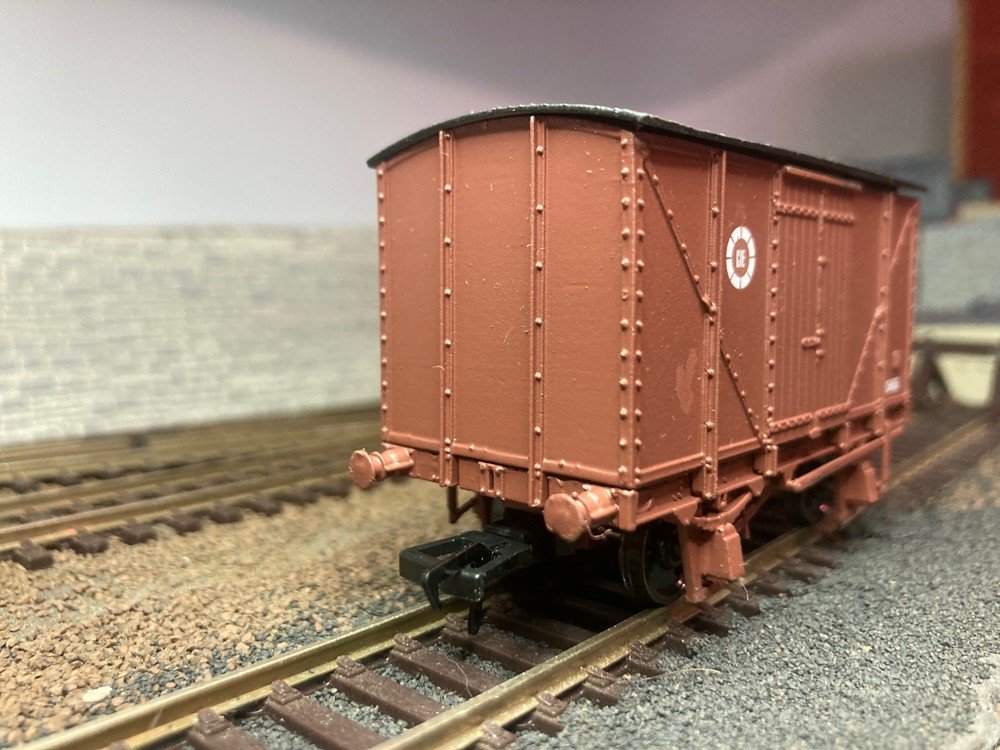


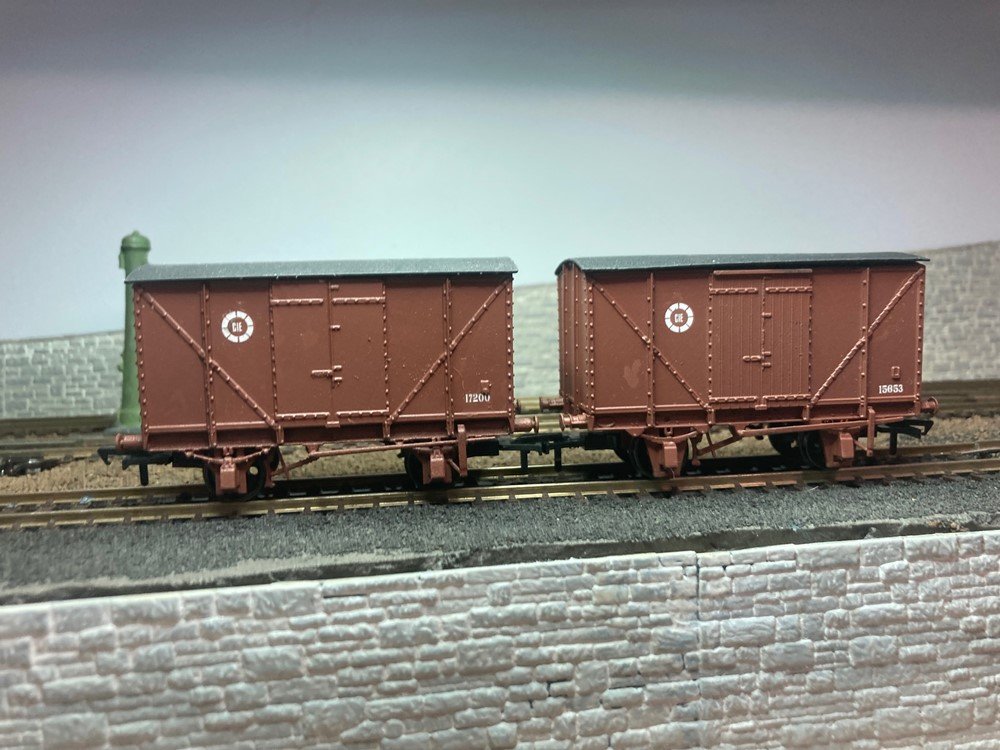
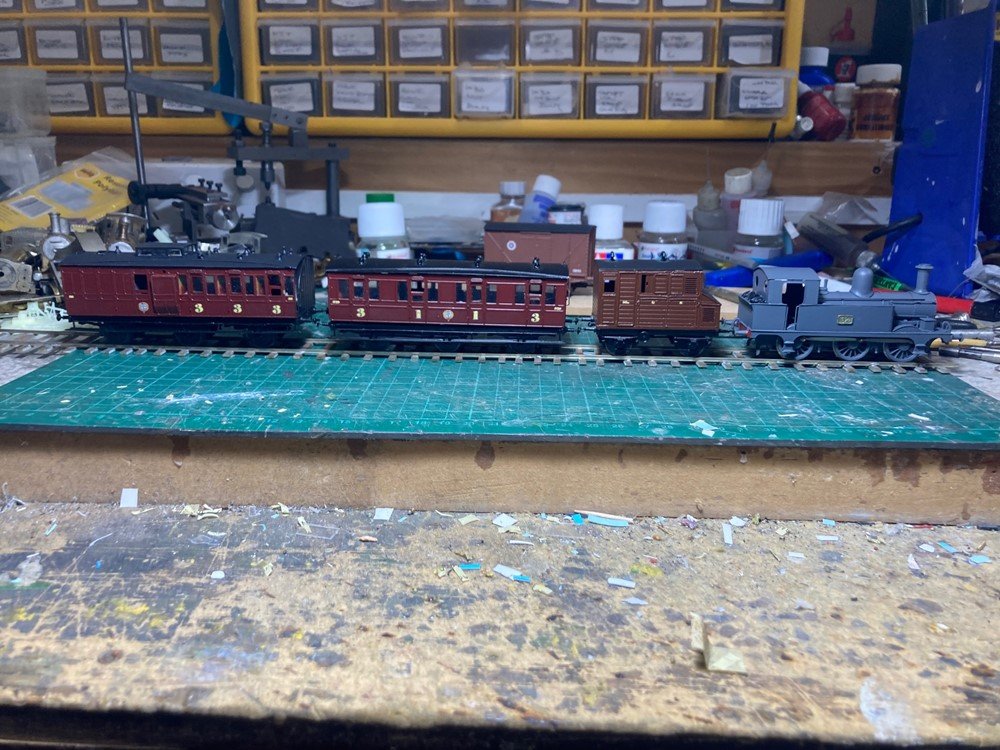
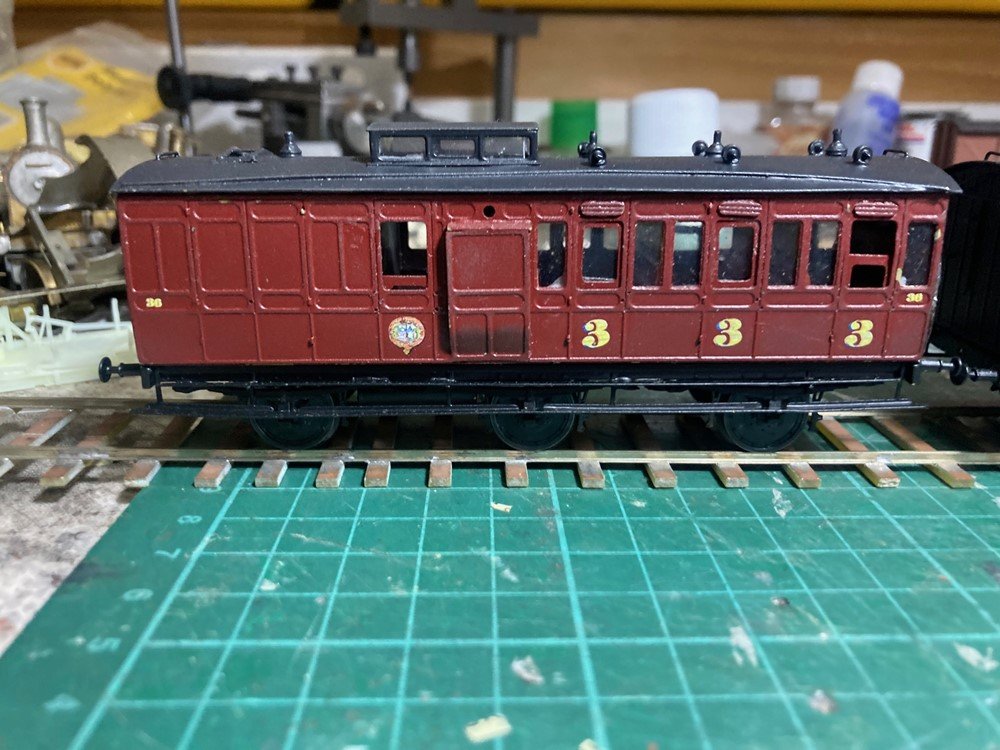
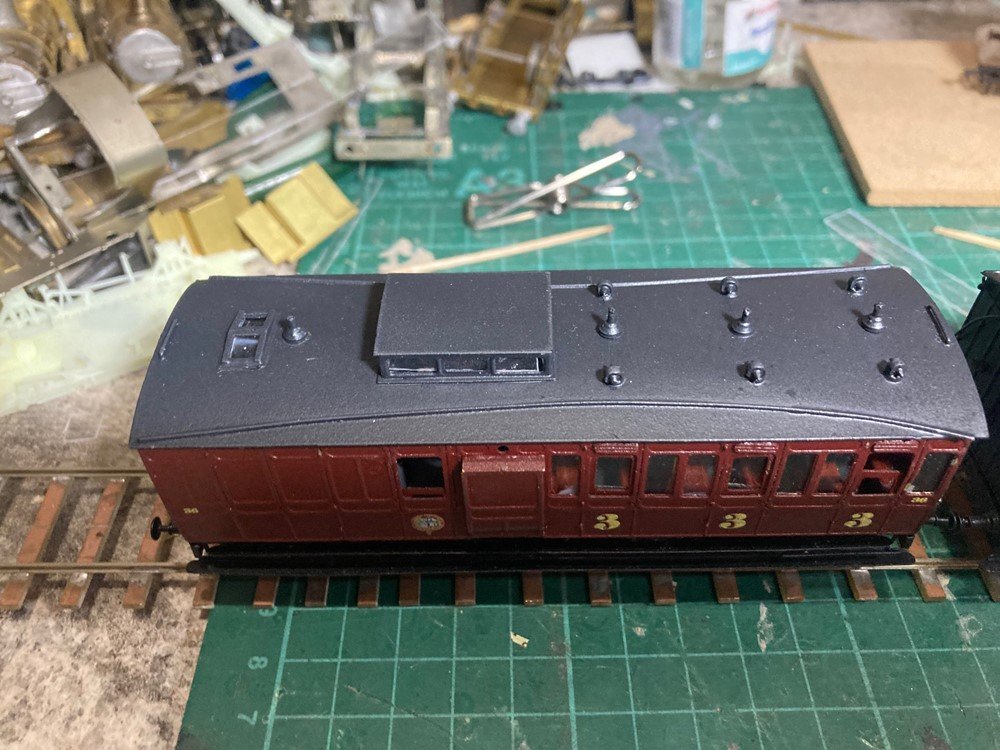
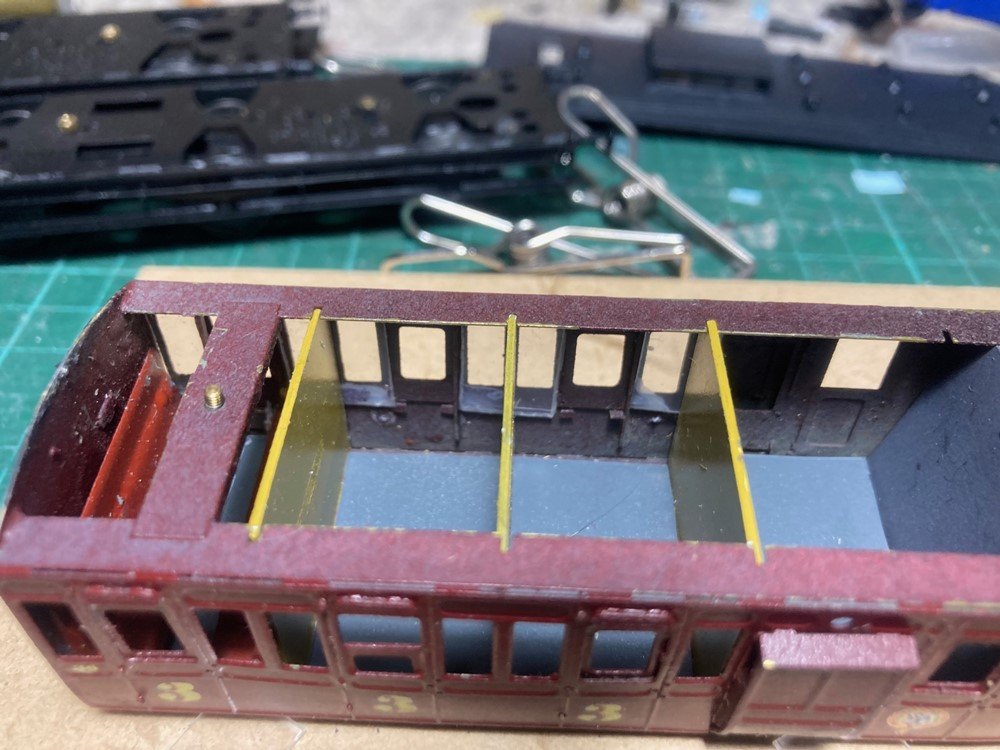
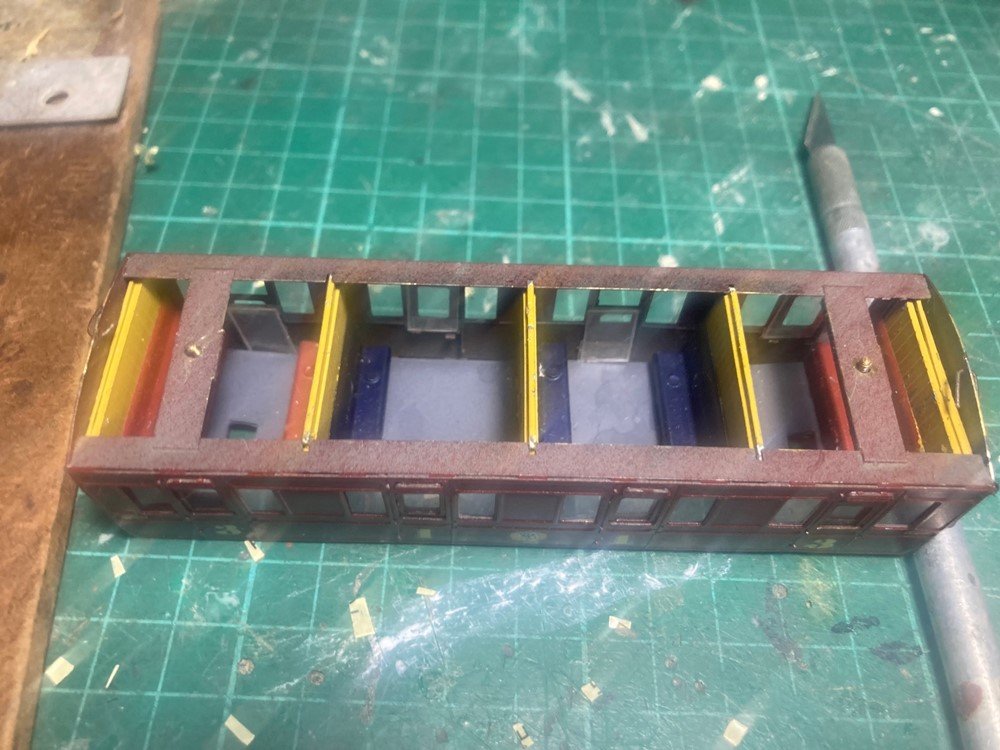
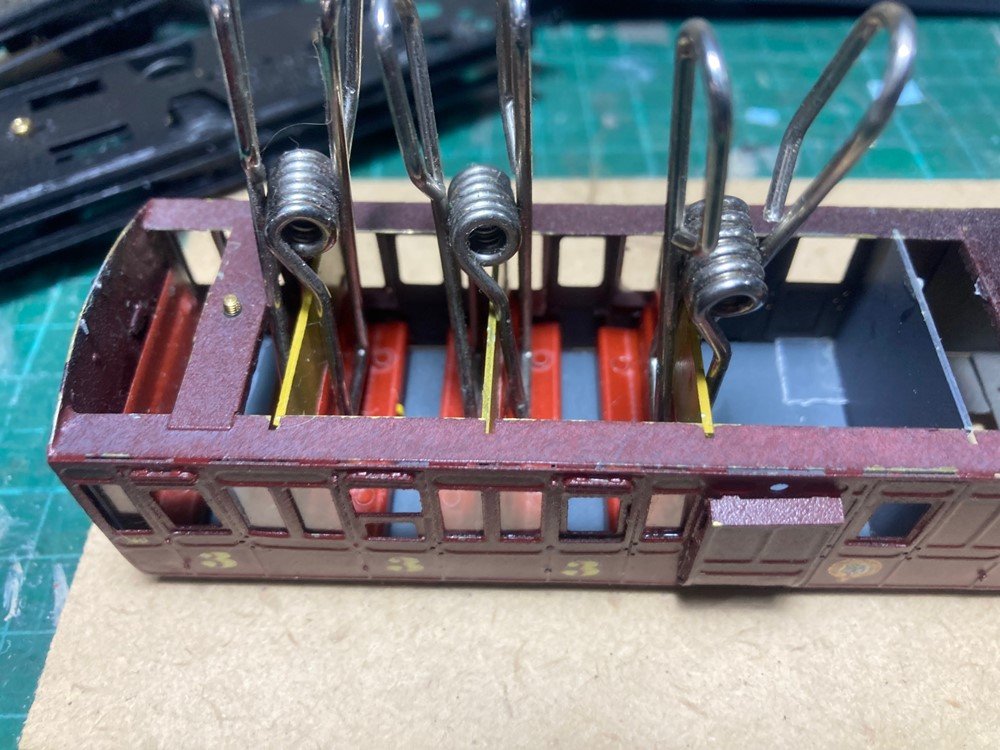


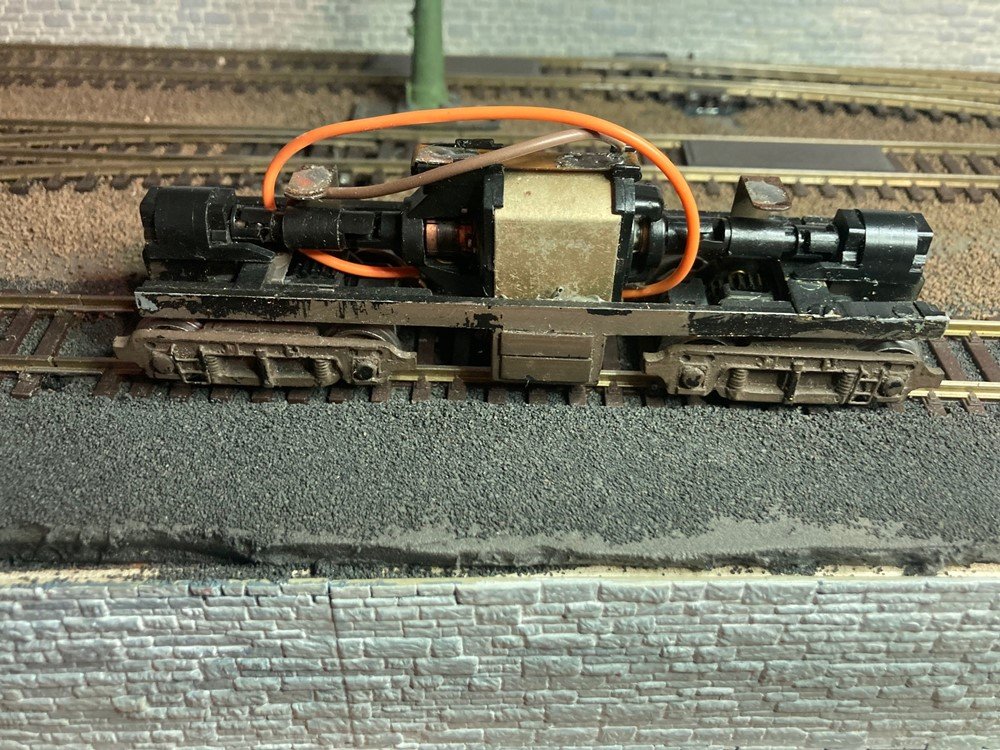
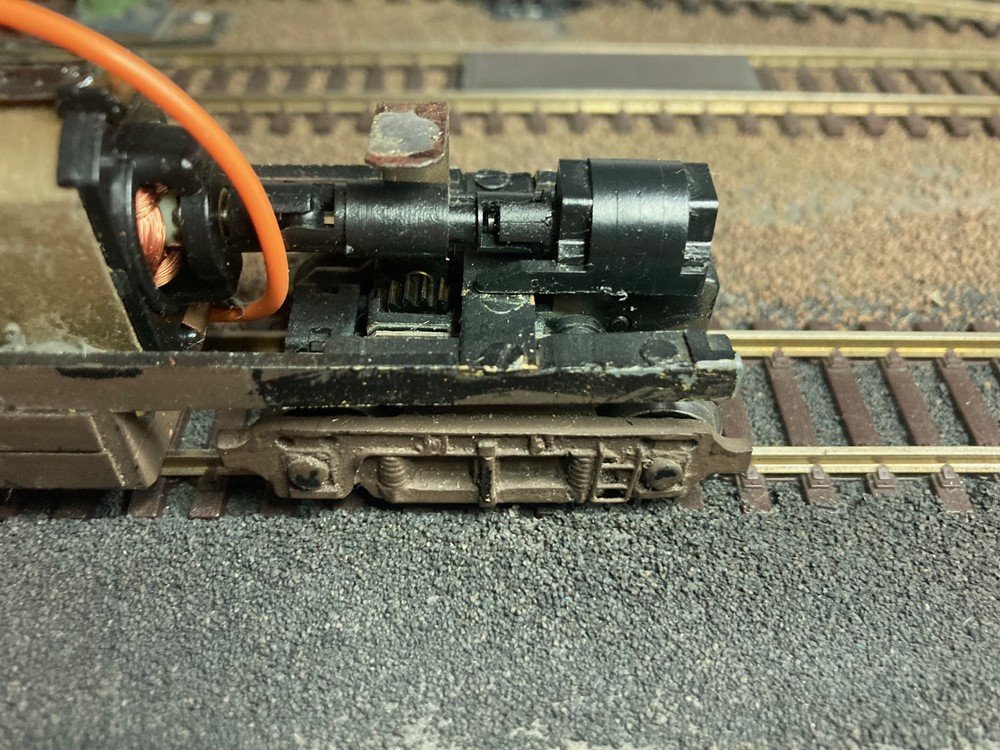
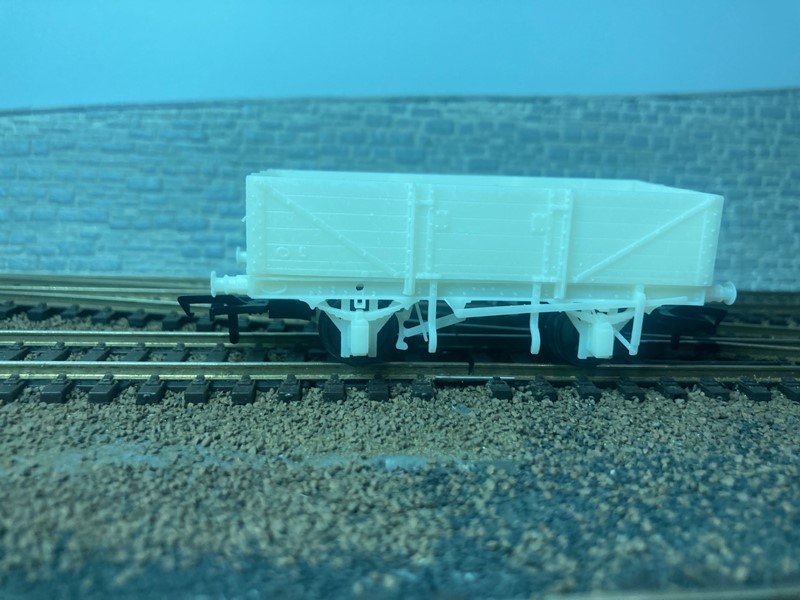

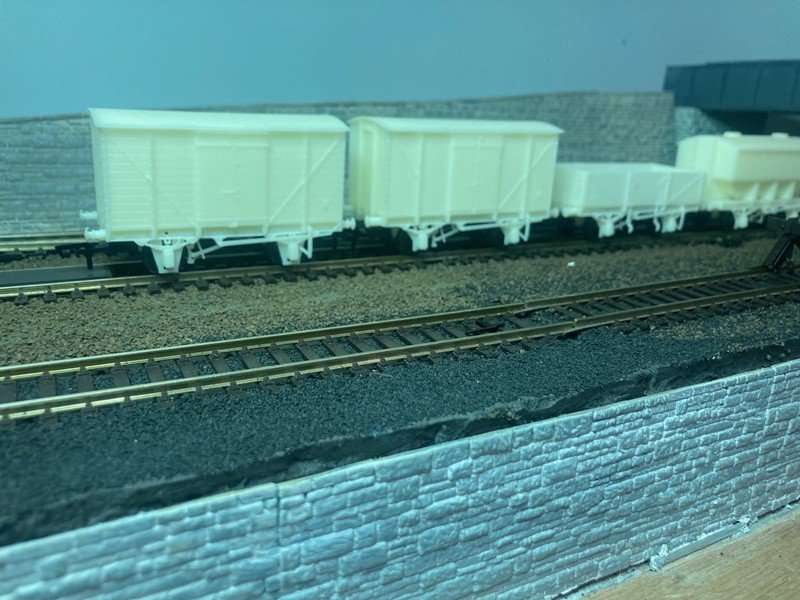
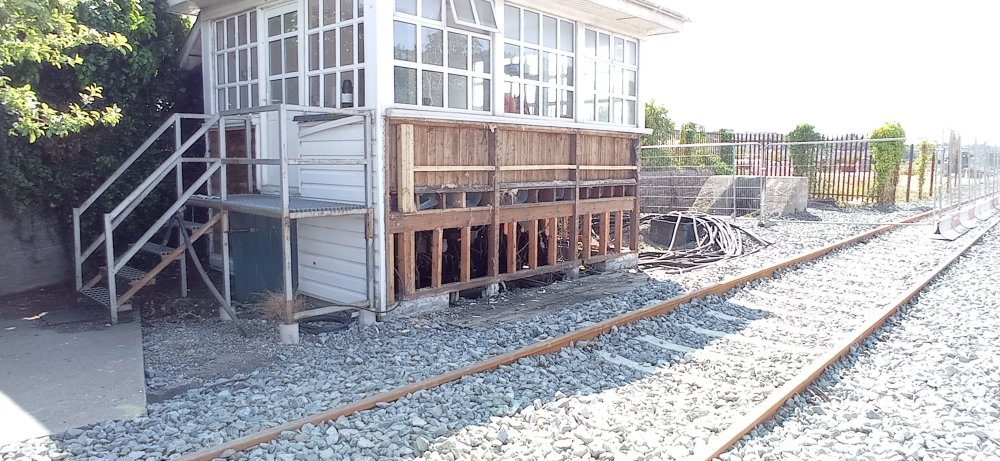
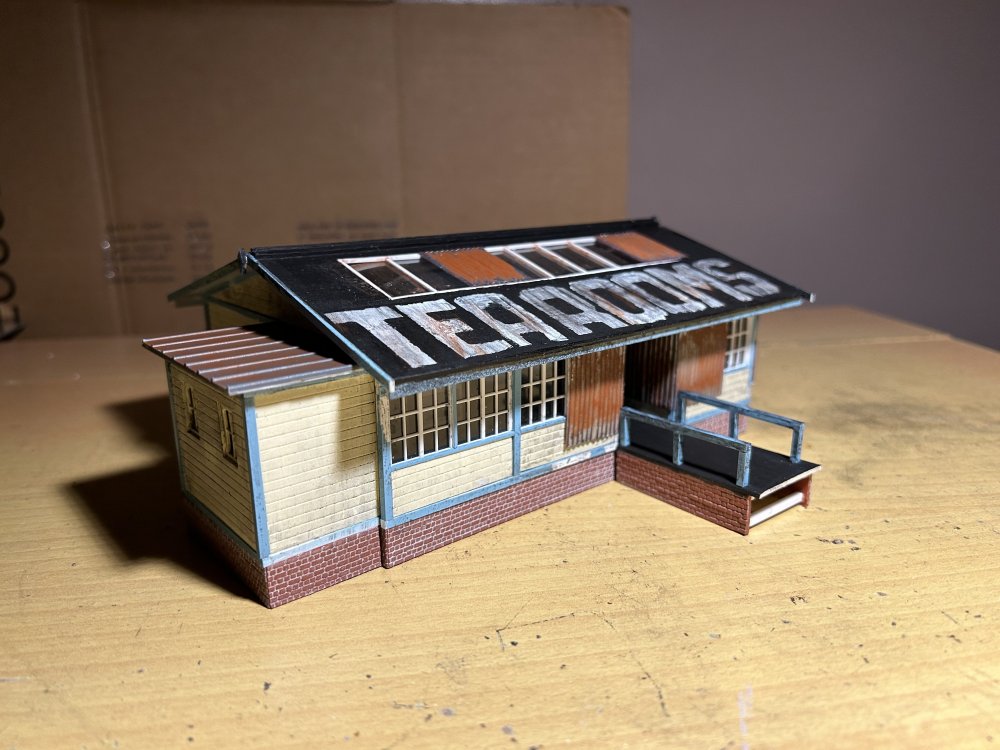
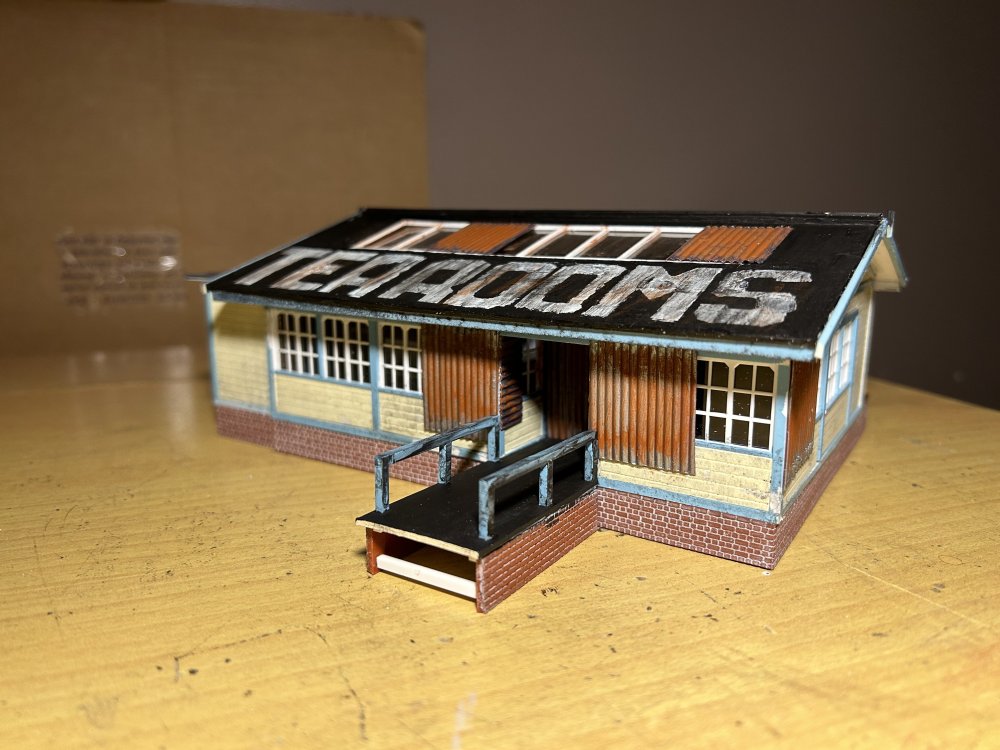
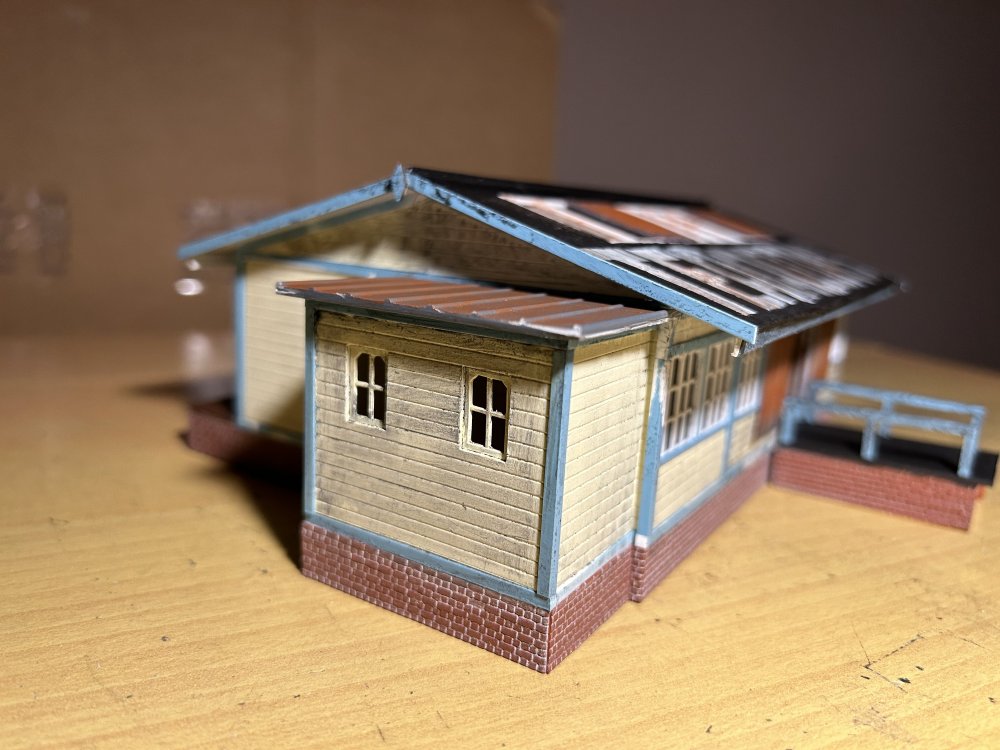
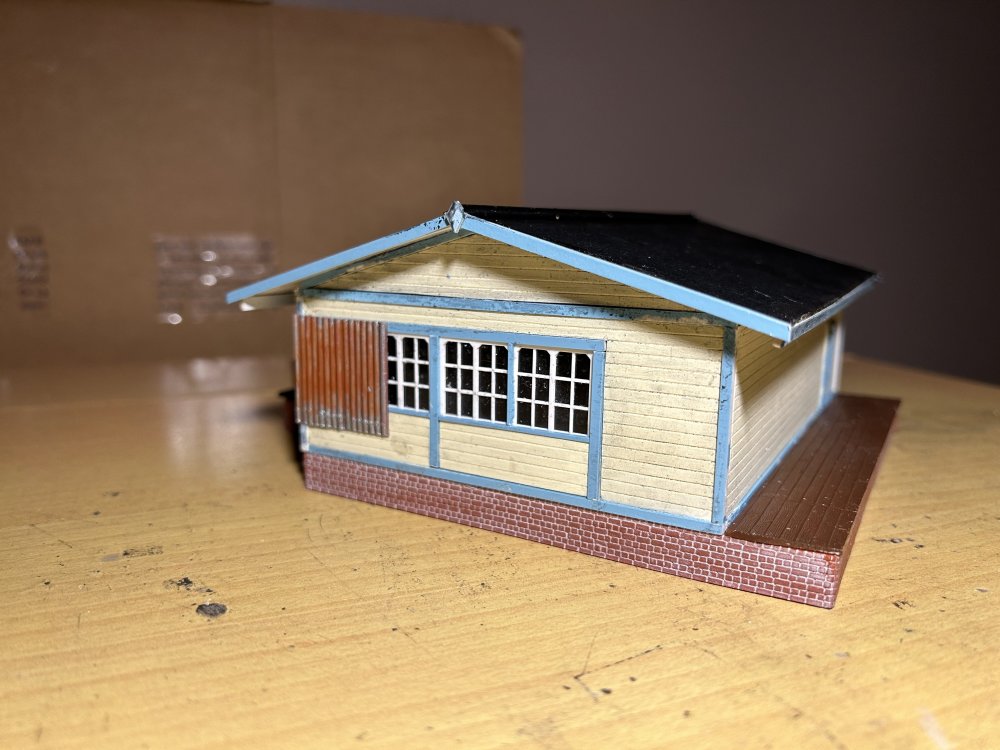
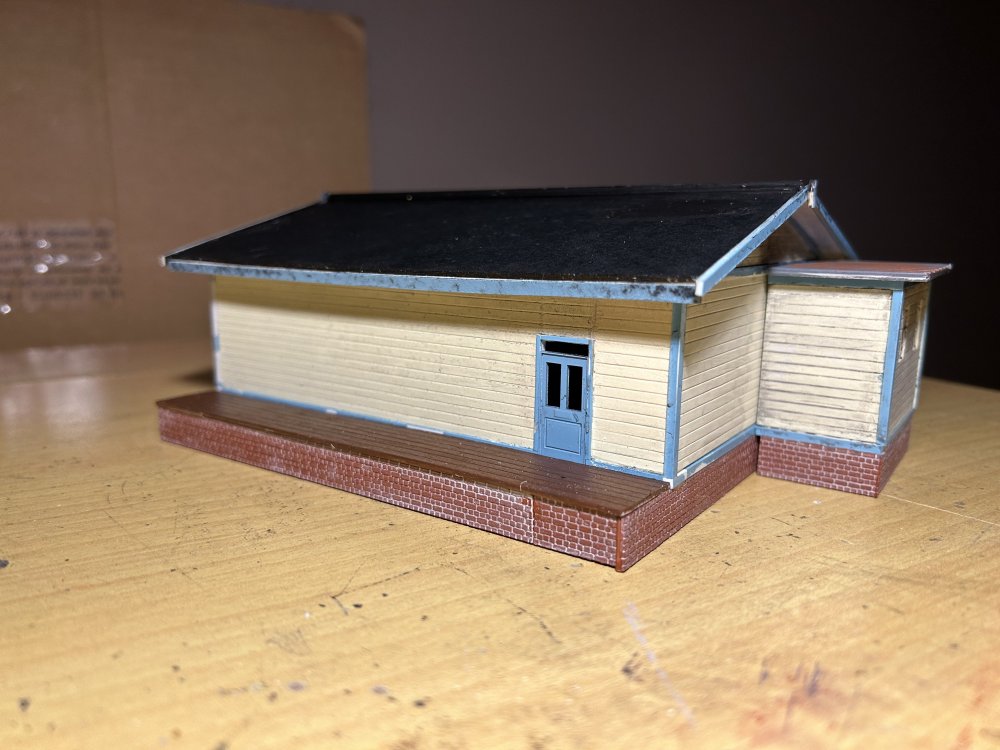

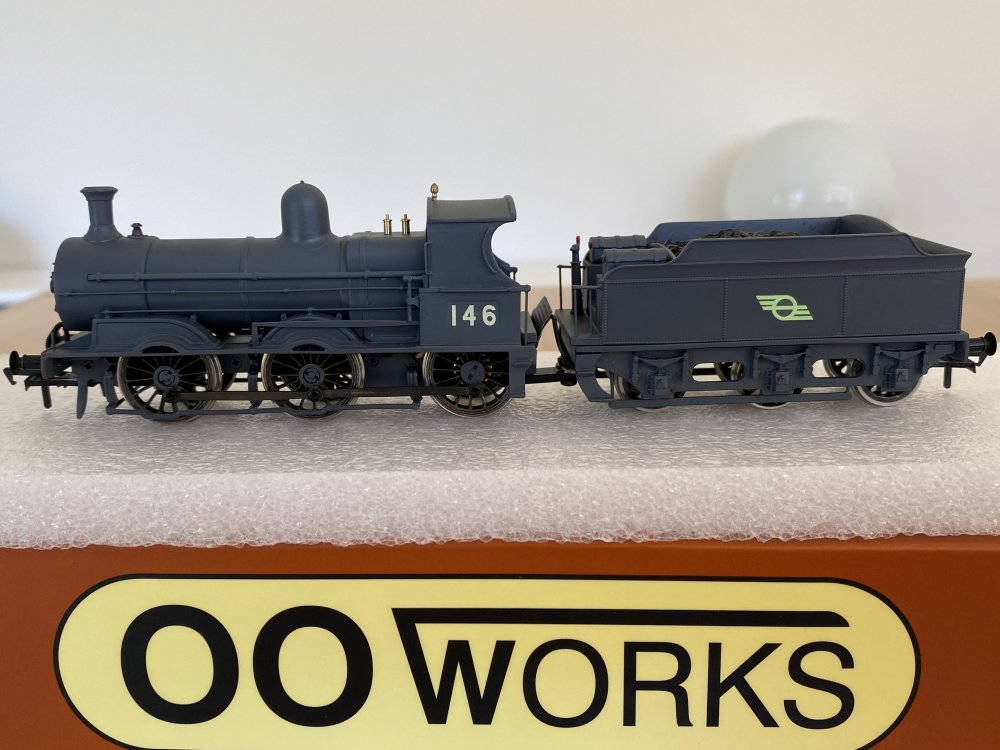

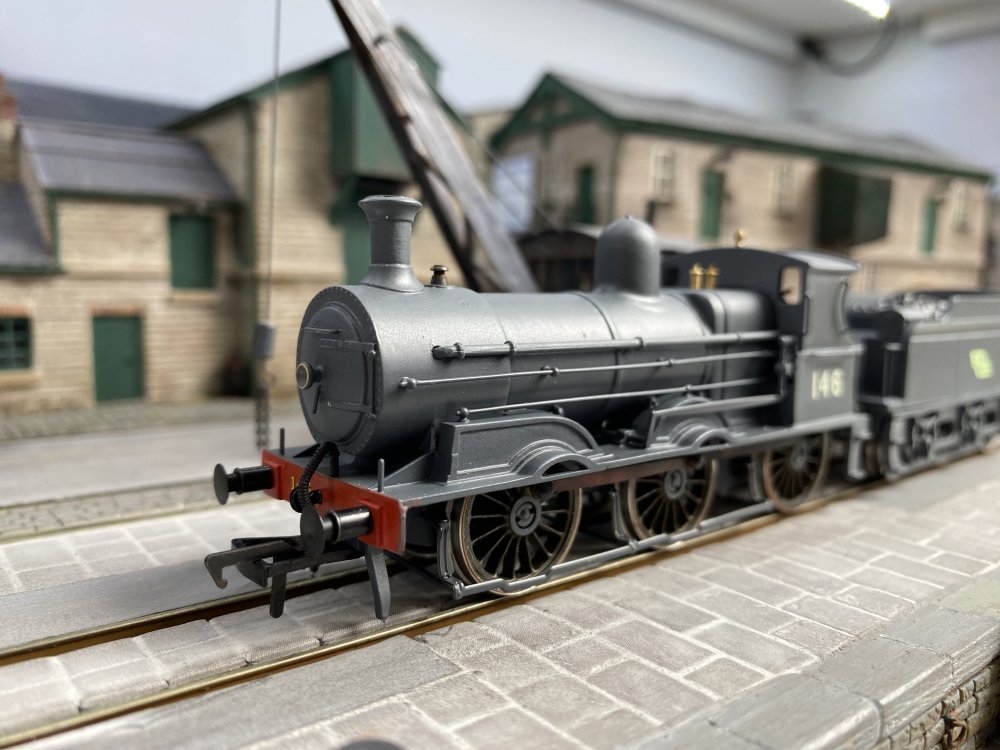
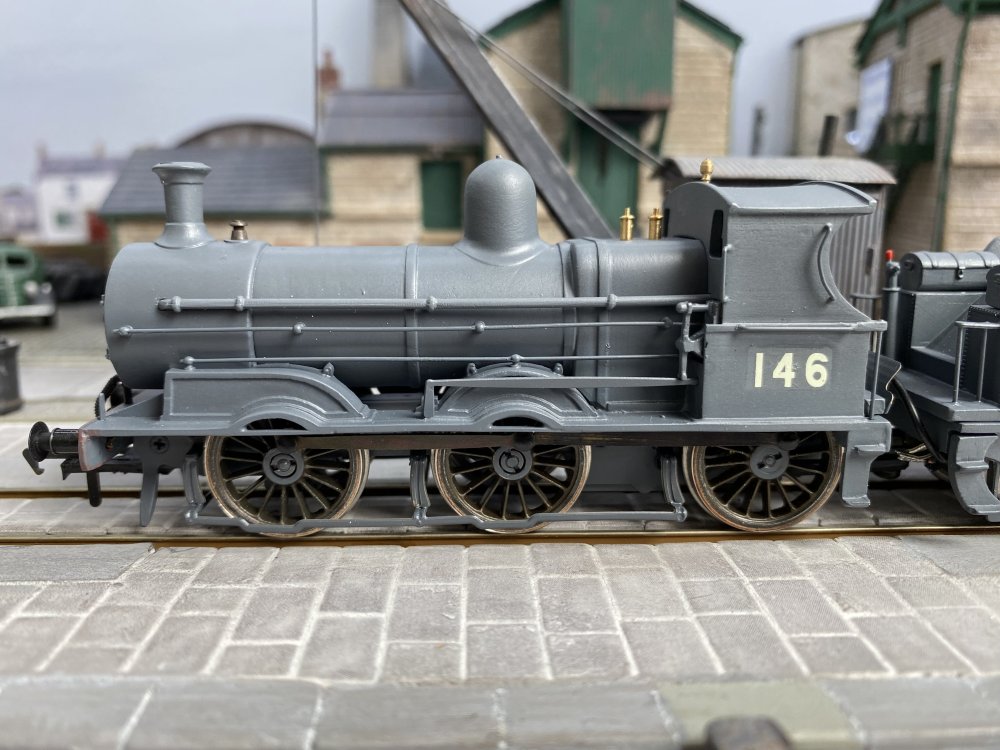
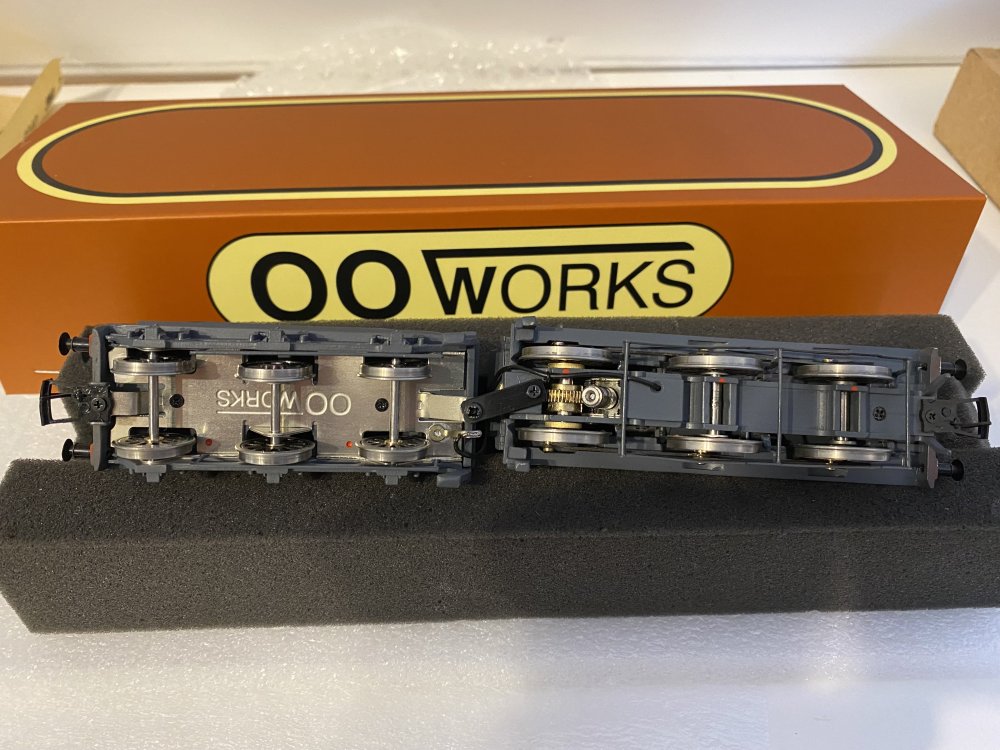

The Tralee and Dingle Railway - NEW IRISH RAILWAY BOOK
in News
Posted
Looking at my collection of T&D books, I have the D Bradford Barton picture album published during the early 80s and Rowlands, McGraths and Francis "Dingle Train" published during the mid 90s.
The Dingle Train appears on the market for upwards of $45 including a UK seller looking for £68.50, Locomotives of the GSR (Colourpoint) for a similar amount.
I no real plans to buy further railway books at this stage.